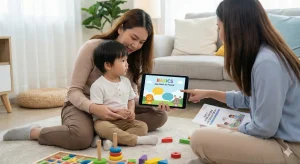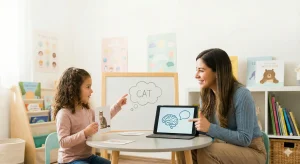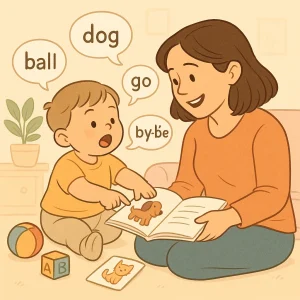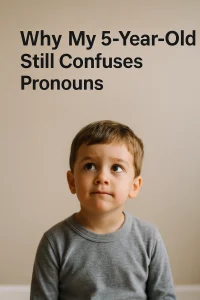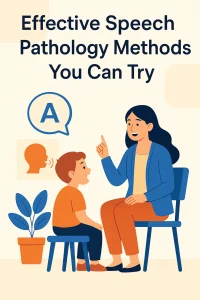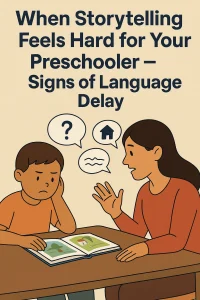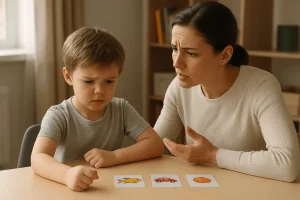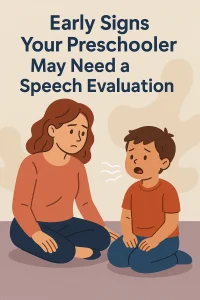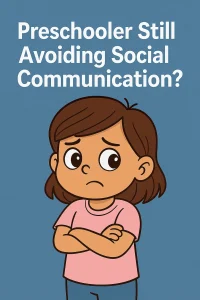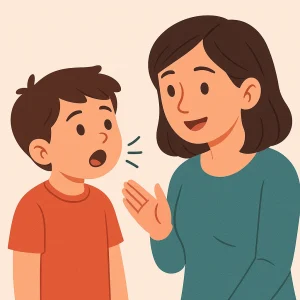WH Questions for 3-Year-Olds | Boost Speech & Thinking Skills
By Rajini D
Last Updated: February 11, 2025
WH questions are a fundamental part of our language, used to gather information and clarify our understanding. They begin with the words Who, What, When, Where, Why, and How, each serving a unique purpose in communication. These questions are crucial for developing thinking skills and learning how to interact with the world. For young children, especially three-year-old, mastering WH questions for 3 year old is a key step in language development. It helps them begin forming their thoughts into queries, express curiosity about their surroundings, and build strong communication skills essential for their growth.
Why Teach WH Questions to 3-Year Old?
For three-year-old, WH questions enhance cognitive and speech development by expanding vocabulary and improving sentence formation. This early learning sets a foundation for effective communication and problem-solving skills, critical for their future educational journey.
Types of WH Questions to Ask 3 Year Olds
“What” Questions
“What” questions are a great starting point for young minds to connect words with objects and actions around them. For example, you might ask, “What color is your shirt?” or “What are you eating?” These questions encourage toddlers to observe and describe their immediate world, enhancing their vocabulary and comprehension skills.
Tip: Use flashcards with pictures to help children connect words with objects.
“Where” Questions
“Where” questions help toddlers become more aware of their environment. Simple questions like, “Where is your teddy bear?” or “Where do we sleep?” help children understand spatial concepts and encourage them to think about locations relative to themselves and others.
Tip: Play hide-and-seek games to encourage responses.
“Who” Questions
“Who” questions are essential for developing social awareness. Asking, “Who is in your family?” or “Who is your favorite cartoon character?” helps children distinguish between different people and understand relationships, fostering both social and emotional development.
Tip: Use family photos to make learning personal and engaging.
“When” Questions
Introducing concepts of time can be done through “When” questions. Questions such as, “When do we eat breakfast?” or “When is bedtime?” help children grasp the idea of daily routines and the sequence of events, which is crucial for their time management skills later on.
Tip: Create a daily schedule chart with pictures to help toddlers understand routines.
“Why” Questions
“Why” questions stimulate curiosity and reasoning. Engaging a child with questions like, “Why do we wash our hands before eating?” or “Why is the sky blue?” encourages deeper thinking and exploration of cause and effect, laying the groundwork for scientific thinking and problem-solving.
Tip: Use storytelling to answer “why” questions in a fun way.
“How” Questions
“How” questions are fantastic for explaining processes and actions. They invite a higher level of thinking and language use. For instance, asking, “How do we make a sandwich?” or “How does the flower grow?” helps children understand steps involved in activities and the nature around them.
Tip: Do hands-on activities like making a snack together or planting a seed.
How to Effectively Teach WH Questions to 3 Year Old
Using Everyday Situations
- Relate to Daily Activities: Incorporate WH questions into daily routines such as mealtime or playtime. For instance, ask, “What are you eating?” or “Where do you want to play today?”
- Encourage Observations: During walks or drives, engage with questions like, “What do you see?” or “Who is that?”
- Expand on Responses: Build on their answers with follow-up questions to deepen understanding and interaction.
Incorporating Educational Toys and Books
- Select Interactive Books: Choose books that ask questions or require the child to interact with the story, prompting them to think and respond.
- Utilize Puzzles and Building Blocks: Use these toys to introduce questions like “How do we build this?” or “What pieces do we need?”
- Engage with Role-Playing Toys: Dollhouses, action figures, and playsets can be tools to ask “Who lives here?” or “What happens next?”
The Role of Parents and Educators in Question-Based Learning
Creating a Supportive Learning Environment
Creating a nurturing environment is essential when teaching young children to navigate and understand the world through questions. Here’s how parents and educators can foster a supportive learning atmosphere:
- Show Patience: Learning to think and respond with WH questions is a gradual process. Show patience as children may take time to formulate their answers.
- Provide Encouragement: Positive reinforcement goes a long way. Praise efforts, not just correct answers, to build confidence and motivation.
- Offer a Safe Space: Ensure children feel safe to express their thoughts and questions, even if they make mistakes. This openness encourages them to try without fear of judgment.
Monitoring Progress and Adapting Strategies
Effective teaching involves observing a child’s progress and adjusting methods to suit their developmental stage:
- Assess Understanding: Regularly check if the child comprehends the questions and can answer them appropriately. This might involve simple follow-up questions to gauge their responses.
- Adjust Teaching Methods: If a child struggles with certain types of questions, consider simplifying them or using more concrete examples. Conversely, if they excel, gradually introduce more complex questions to challenge them.
- Keep Records: Maintain simple records of progress and challenges to tailor future sessions and share successes or concerns with other caregivers or educators.
WH Questions: A Key to Your Child’s Growth
Teaching WH questions—Who, What, When, Where, Why, and How—boosts vocabulary, critical thinking, and social skills.
By integrating these questions into daily life, you create a strong foundation for language and cognitive development.
Want to learn more? Explore our Learning Resources at Wellness Hub to support your child’s growth!
Conclusion
WH questions—Who, What, When, Where, Why, How—are vital for your child’s growth. They spark curiosity and enhance both language skills and understanding of the world. By regularly using these questions in daily life, you help build strong communicative and cognitive foundations. Dive deeper into how these interactions can benefit your child’s development by exploring our Learning Tips at Wellness Hub. Encourage your child’s curiosity every day, and watch them grow into inquisitive, knowledgeable individuals. Let’s make learning a fun, everyday adventure!
Frequently Asked Questions:
1. What are WH questions for kids?
WH questions include “Who,” “What,” “Where,” “When,” “Why,” and “How.” They help children develop their language and thinking skills.
2. Why are WH questions important for toddlers?
WH questions encourage toddlers to think critically and express their thoughts, aiding both their speech and cognitive development.
3. How can I teach my 3-year-old to answer WH questions?
Start by asking simple questions during daily activities, like “What color is that car?” or “Where did we put your toys?” This makes learning natural and fun.
4. What types of WH questions should I ask my toddler?
Focus on simple questions based on their daily experiences, like “What are you eating?” or “Who is your favorite superhero?”
5. When should I start teaching WH questions to my child?
You can start as early as when they begin to talk, usually around two years old, by introducing simple “What” and “Where” questions.
6. How do WH questions improve a child’s vocabulary?
WH questions require children to form answers that involve naming objects, describing actions, and explaining scenarios, which naturally expands their vocabulary.
7. Can asking WH questions help with my child’s school readiness?
Yes, regularly engaging with WH questions helps develop listening skills, comprehension, and verbal expression, preparing them for school.
8. What are some fun ways to practice WH questions at home?
Use picture books, storytelling, and toys that involve characters or scenarios where you can pose various WH questions as part of the play.
9. How often should I practice WH questions with my 3-year-old?
Daily practice is ideal. Incorporate questions naturally into everyday conversations and activities to keep it engaging.
10. Where can I find resources to help teach WH questions?
Check out the Educational Tools section on Wellness Hub for books, games, and activities designed to help teach WH questions effectively.
About the Author:
Rajini Darugupally
M.Sc., Speech-Language Pathologist (9+ years of experience)
Rajini is a passionate and dedicated Speech-Language Pathologist with over 9+ years of experience, specializing in both developmental speech and language disorders in children and rehabilitation in adults. Driven by a desire to empower each individual to find their voice, Rajini brings a wealth of experience and a warm, genuine approach to therapy. Currently, at Wellness Hub, she thrives in a team environment that values innovation, compassion, and achieving results for their clients.
Book your Free Consultation Today
Parent/Caregiver Info:
Client’s Details:
* Error Message
